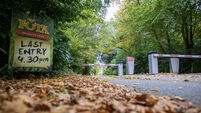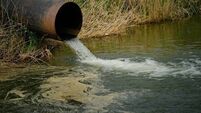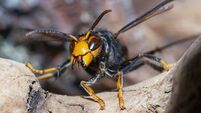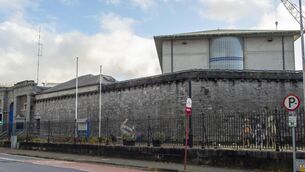Waterford council enlists goats for Ardmore cliff biodiversity project
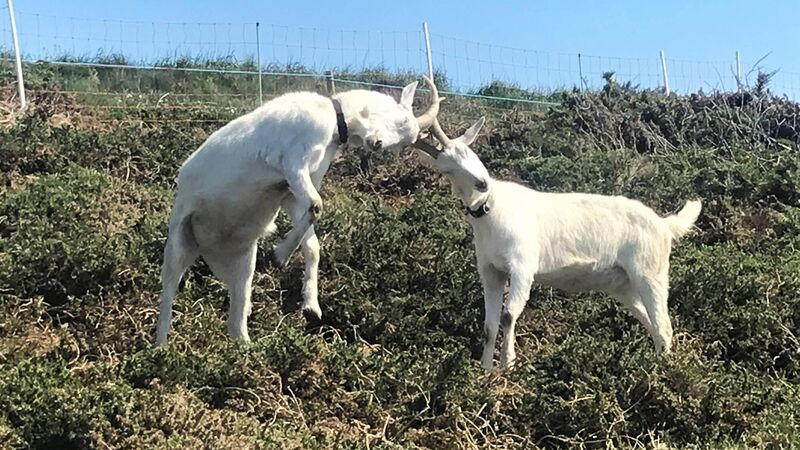
Soona and Spike are helping in a month-long Ardmore scheme focused on three acres to clear gorse.
Waterford Council has recruited a team of goats to clear a mass of invasive gorse on Ardmore’s cliff top trail, in a pilot scheme aimed at protecting biodiversity through traditional intervention.
Those behind the project also hope to uncover remnants of stone signage built to advise German warplanes of Ireland’s neutrality during World War Two.
The cliff trail presents 4km of undulating splendour, with spectacular views of the Atlantic complimented by 175 varieties of wildflower.
A decades-long absence of grazing livestock, however, meant that bracken and common gorse have proliferated to threaten the habitat, with the council prevented from spraying or deploying heavy machinery under the trail’s status as a Special Area of Conservation.
In a joint venture between Ardmore Tidy Towns and assisted by Heritage Council funding, the council adopted a suggestion by local archaeologist and Tidy Town public relations officer Billy Harty to turn to traditional practice.
The goats were acquired from William Walsh, a West Cork shepherd-horticulturist from Enniskeane, whose Billy's Rent-A-Goat business forms part of his wide-ranging promotion of ethical land management and social education.
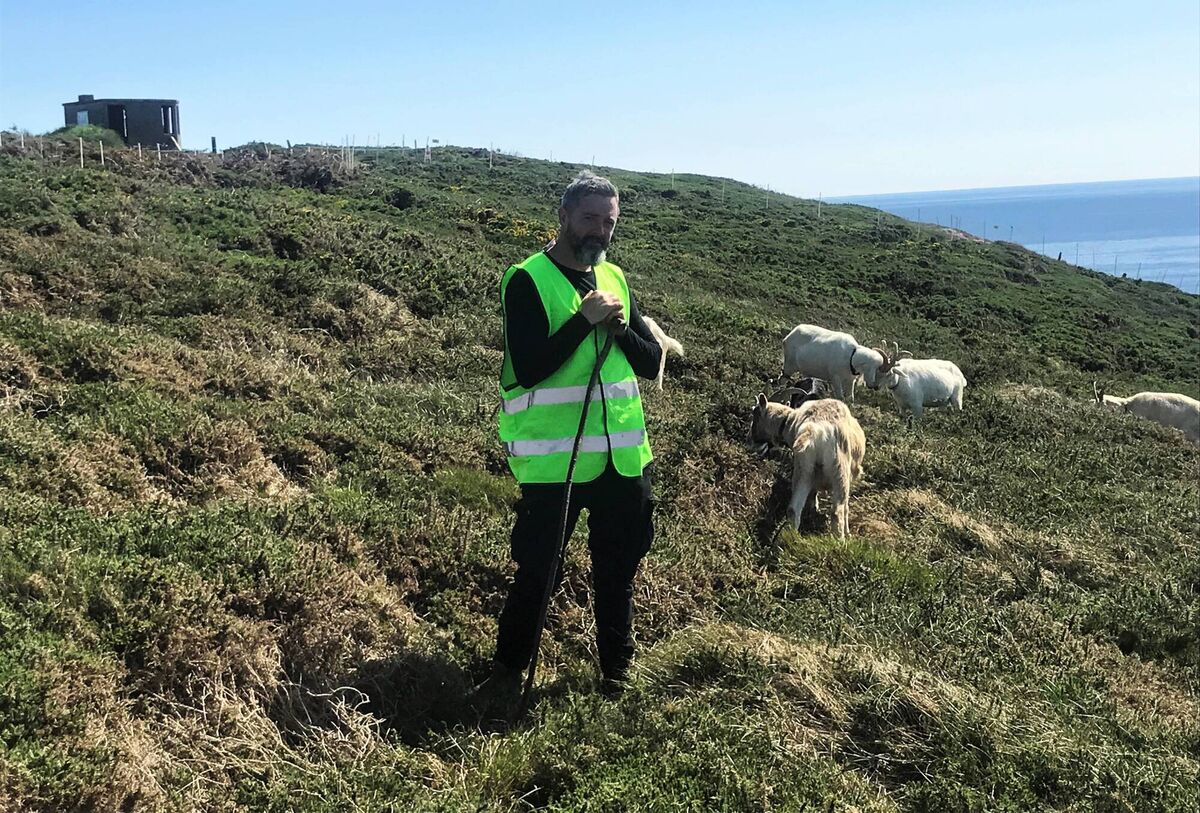
The two females and six males — all with names and under five years old — comprise Saanan, Toug Berg and British Alpine breeds.
They are amongst 23, mostly male, goats trained by Mr Walsh to acclimatise to new roles within his ecological programmes.
The month-long Ardmore scheme is focused on three acres, with the delighted diners fenced in and given free rein to indulge their appetites.
Walkers are asked to keep dogs on a leash and not distract the goats from their purpose, and will also be informed about the project by Mr Walsh during his thrice-weekly visits to the area.
The shepherd describes the goat’s participation as a “browsing” rather than “grazing” in a procedure by which they “eat downwards” and eventually stifle the plants’ re-growth.
If the pilot proves successful it is hoped to extend it to other areas, potentially on a regular basis.
Regarding pilots of a different nature, the location sits halfway along the trail and adjacent to one of over 80 lookout posts erected along the Irish coastline during World War Two.
Somewhere beneath the invasive foliage lies a series of whitewashed stones reading ‘EIRE 20’ and intended to deter Britain-bound German pilots from erroneously bombing neutral Ireland.
“We hope the goats will chew far enough down to expose the stones which may still lie underneath”, says Mr Harty.
Waterford Council heritage officer Bernadette Guest describes the venture as “a really positive example of community engagement with local habitat management and citizen science adjacent”.
She hopes the project will also inspire community groups to conduct similar tactics in locations like graveyards where using strimmers may be impractical.




